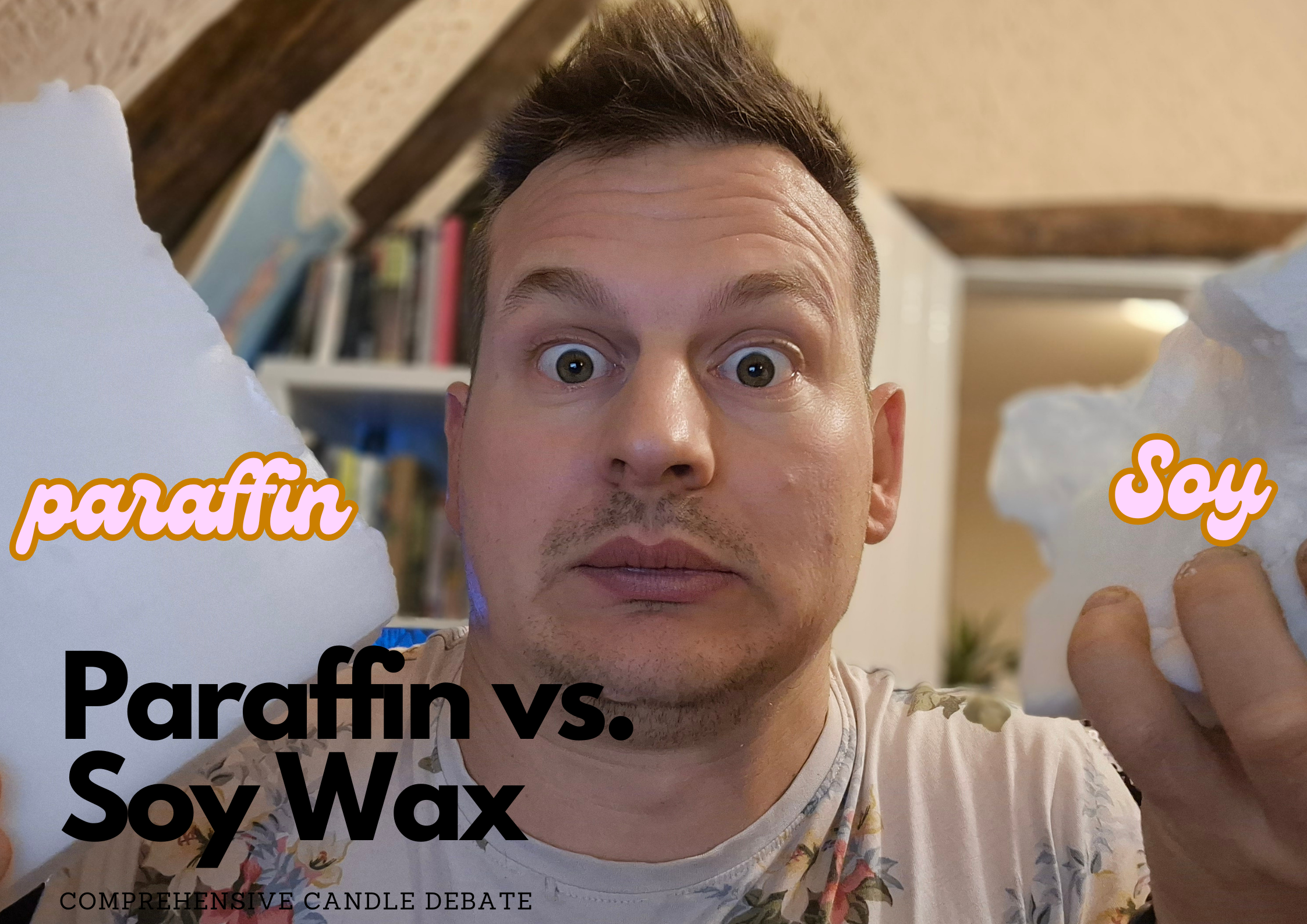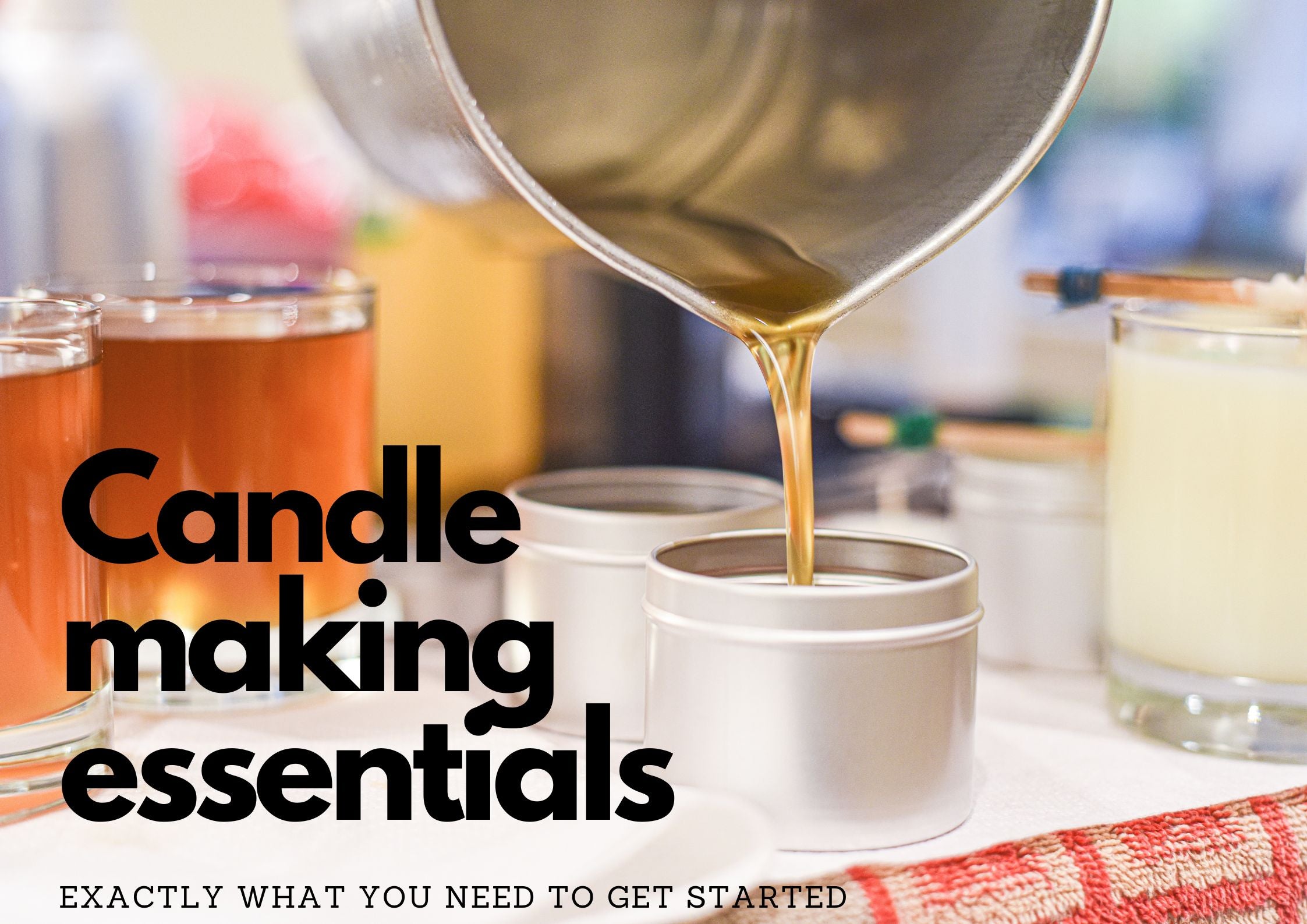What are the best types of candle wax?
Sep 01 , 2022
Candles are often used to make a room or event feel more inviting. They can add warmth and ambiance, and scented candles make a house feel more like home.
Scented candles are lovely, and the wax is designed to melt away and release an expertly designed fragrance into the air.
Did you know that different types of wax are available in many substances? All kinds of wax can be poured into containers or handcrafted in various shapes and sizes.
Different types of candle waxes offer various benefits for making homemade candles. For example, beeswax is a natural option that is renewable and eco-friendly.
Soy wax is another popular choice that is also renewable and environmentally friendly. If you're looking for a natural wax that is non-renewable, you might want to consider coconut or palm wax.
Each type of wax has pros and cons, so be sure to do your research before deciding.
Top 5 best types of candle wax
Candle wax comes in many different forms, each with its unique properties. You can find wax made from natural materials like coconut and soy crops, synthetics, and even beehives.
Despite what some might think, candle wax is not inherently toxic. However, paraffin wax has been found to release volatile organic compounds into the atmosphere when burned, giving candles a lousy reputation.
Fortunately, there are far better options for candle wax available if you want to avoid this concern. We'll cover all the best options below!
-
Soy
Soy candle wax is a relatively new player in the candle-making industry. It was created in 1996 as an alternative to paraffin derived from petroleum. Soy wax is vegetable wax that comes from soybean oil.
Soy wax is made from harvested soybeans. The soybeans are cleaned, dehulled, cracked, and then rolled into flakes.
After that, the soybean oil is extracted from the flakes and hydrogenated. It's a lot like the process of making vegetable cooking oils.
The result is a natural wax that hardens at room temperature and is ready-made for candle making.
In our experience, it is one of the best candle waxes for container candles!
-
Pros:
There are many reasons to love soy wax candles.
They're environmentally friendly and renewable, have a beautiful slow burn, and come in a wide variety of colours and scents.
Soy wax candles are also some of the most affordable natural candles on the market.
-
Cons:
Different types of waxes offer various benefits for candle and tart-makers. Soy wax, for example, isn't as flexible as some other types when it comes to fragrance oils. It can be remedied by testing scented oils and asking manufacturers how they work with soy wax.
Soy wax may also create frost marks in the candle or tart. Additionally, soy wax could become fussy due to changes in humidity and temperature. However, soy additives could reduce the production of soy frost.
-
Paraffin
A lot of commercially made candles are made with paraffin wax.
Paraffin was created in the 1850s, and it is valued for being odourless consistent burn, and available in many different melting points.
It makes paraffin versatile for other candles, such as votives, pillars, and containers.
Paraffin wax is a kind of wax that is made from crude oil. It is not as popular as it once was because it is not eco-friendly.
-
Pros:
There are a lot of edges to using paraffin wax for candles.
For example, they are quickly coloured and have a great cold and hot throw.
Additionally, they are less costly than other types of candle wax.
Paraffin wax is also widely available, making it an excellent option for those purchasing candle wax.
-
Cons:
Cancer-causing petroleum is the main ingredient in paraffin candles, which produce a lot of smoke and soot. They also burn quickly, so they don't last very long. Cleaning up after them can be very difficult.
-
Beeswax
Beeswax is a material secreted by bees into honeycombs as part of their daily activities. Once harvested, it can be melted and filtered into different shapes and forms. It is available in a variety of colours, shades, and hues. All of which can be used to make beeswax candles.
Beeswax has a high melting point, but the pastilles are very easy to measure, melt and work with to create homemade candles.
Beeswax is made from honeycombs, and so it has a sweet smell. The fragrance from the beeswax depends on what flowers the bees have been eating.
-
Pros:
Beeswax candles are an excellent choice for many reasons. They burn clean and soot-free, are naturally made by bees, and come in a unique golden colour with a natural honey scent. They also tend to burn slowly, so they last longer than other types of candles. You can find beeswax candles in wide varieties, making it easy to find the perfect one for your needs.
-
Cons:
Bees make beeswax. It is more expensive than soy or paraffin wax.
Beeswax does not hold scent as well as other candle wax types. Beeswax can be difficult to colour due to its natural golden hue.
-
Coconut
Coconut candle wax is an excellent choice for anyone looking to make candles at home.
It has a lower melting point than other types of wax, so it's perfect for essential oil candles or any candle that needs to be made quickly. Coconut candle wax is also becoming more popular with premium candle brands because of its even burn and excellent scent throw.
-
Pros:
Eco-friendly, all-natural candle wax made from plants is the best kind of wax you can use for your candles.
It burns cleanly and slowly, so your candles last longer. And clean-up is a breeze! Plus, it has a great scent throw, both hot and cold.
-
Cons:
The market's most expensive candle wax type is challenging to find because it is so new.
It is not available at different melting points yet.
-
Para Soy
Can't decide between paraffin and soy?
We have found the perfect blend of paraffin and soy to create the best of both worlds!
With the combination Para Soy, you get a smooth, creamy, and beautifully coloured candle—whether it is a pastel, bright, bold, or dark colour.
If you're looking for the perfect two waxes, Para Soy candles are the way to go! Para Soy candles are an excellent choice for anyone looking for a cleaner, cooler-burning candle. They produce less soot than soy candles, and their scent is phenomenal, both hot and cold.
-
Pros:
It's easy to work with, and you can get a great hot or cold throw from most fragrances. It takes colour well to achieve dark shades and has a slower, cleaner burn than pure paraffin.
The final product is just unique!
-
Cons:
At first, when only soy wax was used, it quickly ran into the same problems as frosting, ugly tops, and a long wait time to pour. However, adding paraffin to the soy eliminated those issues. It takes testing to find the right blend, but the final blend is worthwhile.
Final Words
To conclude, our Eco-friendly candle range is inspired by the seasons in Suffolk, from cool seaside air & sand, summer barley fields, or autumnal apple orchards.
Our ingredients are simple & environmentally friendly; soy & vegetable wax, cotton wicks, and expertly blended fragrance oils.
Their hands were poured into chic glass jars, all handcrafted in small batches within the Suffolk countryside. Try our best range!
Our products are also available on Amazon, so why wait?





